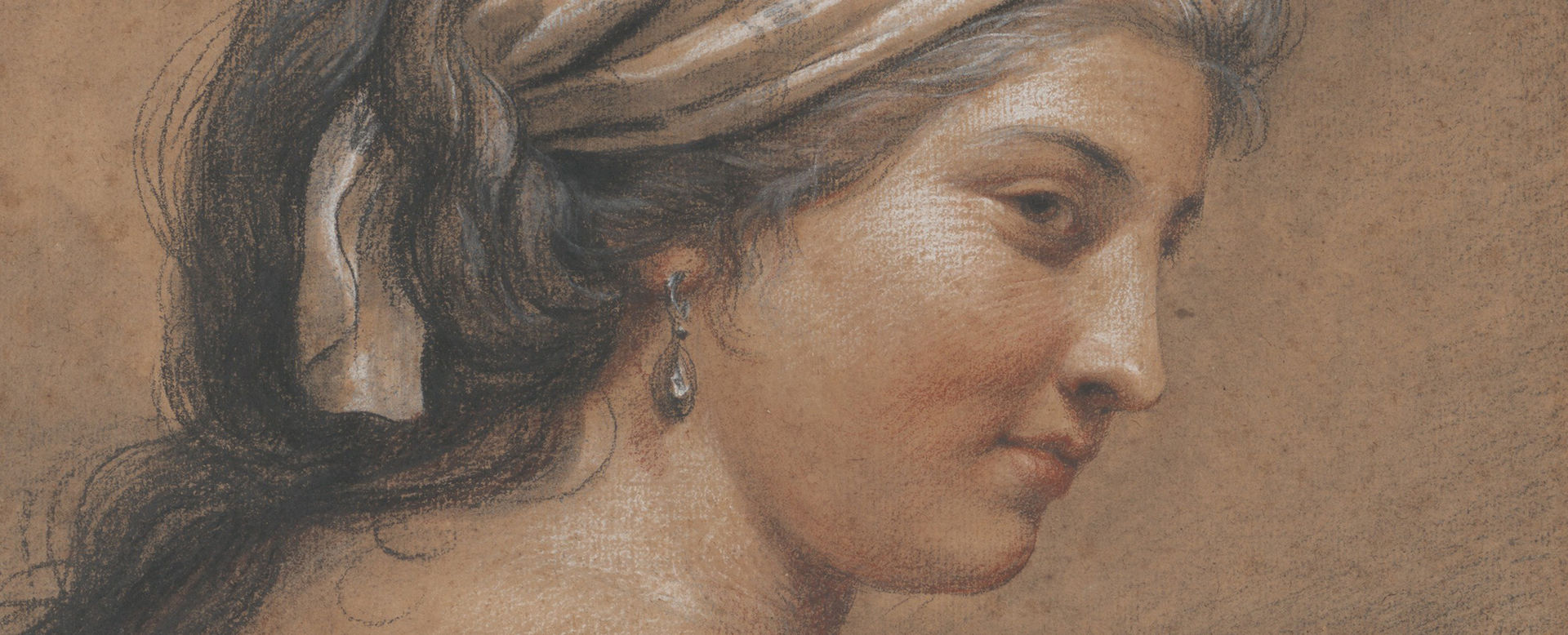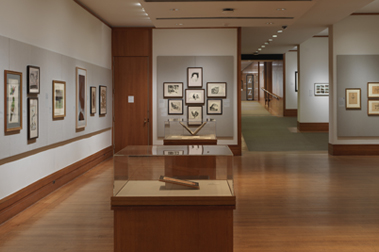A Man Resting on a Staff
Paolo Farinati Italian
Not on view
This imposing figure study of a man of Michelangelesque anatomy, partly standing and leaning on a long staff, is carefully rendered in a highly pictorial technique of brown washes and white gouache, over a preliminary underdrawing in black chalk; some areas in the wash shading are enhanced selectively with pen-and-ink hatching. The thick, dark contours done with the brush, as well as the marked tonal contrasts, remind one of 16th century chiaroscuro woodcut techniques.
As was first recognized by Del Forno, this was a preparatory study for a figure at extreme right in one of Paolo Farinati's large canvases, Saints Nazaro and Celso Before the Emperor Being Ordered to Sacrifice to Idols (Church of Santi Nazaro e Celso, Verona), finished by the artist in 1571. The painting was part of a large decorative program by Farinati in Santi Nazaro e Celso, executed between 1570 and 1575.
The present drawing manifests Farinati's absorption of a Central-Italian monumentality of form, probably through his experience of working in 1552-53 in Mantua, where he encountered the powerful paintings of Giulio Romano. A poignantly expressive artist in his best drawings and paintings, Farinati ranks as one of the most accomplished painters and printmakers in Verona, the native city of Paolo Veronese, who was both model and rival to Farinati there. While Farinati was extremely prolific as a draftsman and painter, high quality works, such as the proposed acquisition, are not as usual in his corpus as might be expected.
(Carmen C. Bambach, 2009)
This image cannot be enlarged, viewed at full screen, or downloaded.



